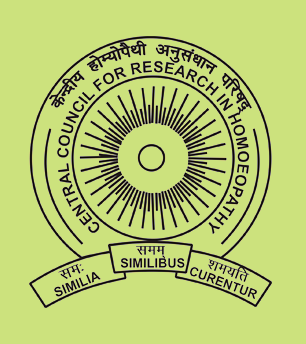Indian Journal of Research in Homoeopathy
Keywords
Heuristics, Homoeopathic symptom, Likert scale, Prognostic factor research, Polar symptoms, Repertory
Article Type
Original Article
Abstract
Background: Prospective assessment of homoeopathic symptoms is different from eliciting symptoms in daily practice. In prognostic factor research, we apply symptom questionnaires with Likert scales to assess symptoms in different intensities. In former research, we tested a 5-point Likert scale, which rendered a rather high prevalence for some symptoms even the strongest intensity, not useful in daily practice. A longer, 7-point Likert scale might render more useful outcome. Objective: To study if a longer Likert scale perform better in homoeopathic prognostic factor research. Methods: A 7-point Likert scale questionnaire with 30 polar symptoms was tested on 300 patients. Responses to various domains of temperature, climate, diurnal, influence of sleep, eating and desires/aversions were elicited. The outcome was compared with the former 5-point Likert scale. Results: The mean prevalence of all symptoms in the highest intensity with the 7-point Likert scale is (much) lower than in the 5-point scale, and for some symptoms, more useful. For a few symptoms, the prevalence remained high, even in the highest intensity. Conclusion: A longer Likert scale performs better in homoeopathic prognostic factor research, but not for all symptoms. The filling out of this questionnaire by patients should be guided by homoeopathic practitioners who are properly trained in prospective assessment of homoeopathic symptoms.
Digital Object Identifier
10.4103/ijrh.ijrh_76_19
Publisher
Wolters Kluwer India Pvt. Ltd.
How to cite this article
Shinde V, Rutten L, Khurana A, Manchanda R, Bawaskar R. Prevalence of Homoeopathic polar symptoms: A Follow-up pilot study conducted in Mumbai in 2017. Indian J Res Homoeopathy 2020;14:179-188. doi: 10.4103/ijrh.ijrh_76_19



